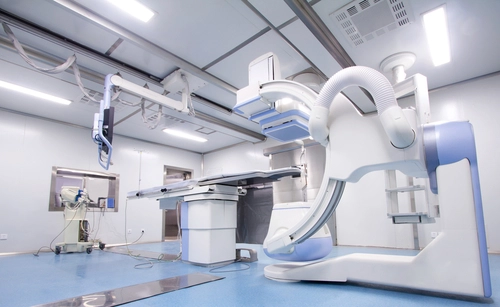Abide By These Key Cerebral Angiography Coding Rules
Channel guidelines from a variety of different sources. Diagnostic cerebral angiograms are a common outpatient procedure performed to diagnose and prepare treatment plans for individuals suffering from chronic or acute cerebrovascular disorders. While these procedures may be routine, there’s nothing simple about the coding processes behind a cerebral angiogram operation. That’s, in part, because you’ve got to channel each respective source of authoritative guidance — and there are plenty of them. This involves aggregating information from the CPT® manual, the National Correct Coding Initiative (NCCI, or CCI) Policy Manual, and CPT® Assistant. Have a look as we’ll elaborate on each guideline to ensure that your cerebral angiogram coding skills are right where they need to be. Begin by Evaluating the 36221-36224 Code Set Consider the following four cerebral angiography codes featured in this article: Know What’s Included in Your Cerebral Angiography Code One of the most common mistakes coders succumb to when first learning the ropes of angiogram coding is not knowing what services are and are not included in the underlying procedure. The CPT® manual Range Specific Guidelines simplify this process by detailing what you should include in codes 36221-+36228: The NCCI Policy Manual adds some extra food for thought on a component of the cerebral angiography that you should not be coding separately — angiography of the thoracic aortic arch. This is reinforced by the NCCI edit you’ll find between codes 36221-+36228 and 75600 (Aortography, thoracic, without serialography, radiological supervision and interpretation) and 75605 (Aortography, thoracic, by serialography, radiological supervision and interpretation), but the NCCI Policy Manual takes it one step further by elaborating on the one instance that it is allowable to override this edit with modifier 59 (Distinct Procedural Service). NCCI states that you should abide by these edits “unless it is medically reasonable and necessary to additionally examine the descending thoracic aorta.” Additionally, you should not separately report 75600 and 75605 “if an unexpected abnormality of the descending thoracic aorta is identified while examining the dye runoff in the descending aorta.” Code to the Highest Hierarchical Level If you’re familiar with the world of selective catheterization coding, you know the rules surrounding progressive hierarchies. Essentially, it’s just a fancy way of saying that some lesser procedures bundle into more comprehensive ones. The CPT® manual guidelines break it down for you: From an anatomical perspective, the rule of hierarchies makes complete sense. If contrast has to pass through one site to get to another, you’re only going to code the last level, not each step in-between. From here, it’s simply a matter of choice as to where you opt to get your coding guidance from. You can go straight to the CPT® parentheticals, you can perform NCCI edits checks, or you can follow by the CPT® Assistant instructional article. However, there are different hierarchical rules depending on which codes you’re considering combining. For instance, you’ll see a parenthetical note under 36221 stating “Do not report 36221 with 36222-36226.” An NCCI edits check will similarly reveal a modifier “0” indicator when pairing 36221 with 36222-36226. This means that in no circumstances shall you report 36221 with 36222-36226. CPT® explains that the work in 36221 is always included in 36222-36224, when performed. However, things get a little more complicated when considering if 36222-36224 should be reported together. The CPT® manual states the following instructions: “The key word here is ‘ipsilateral,’ or same side of the body,” says Barry Rosenberg, MD, chief of radiology at United Memorial Medical Center in Batavia, New York. This means that you may report separate codes within the 36222-36224 code range if performed contralaterally and a separate hierarchical level is reached. For example: “If you place the catheter in the common carotid for injection and imaging of the common carotid [36222] and then move the catheter into the internal carotid on the same side for injection and imaging [36224], 36222 is bundled with 36224 and should not be assigned,” details Stacie L. Buck, RHIA, CCS-P, RCC, RCCIR, CIRCC, AAPC Fellow, president & senior consultant at RadRx. “Code 36222 would only be assigned in conjunction with 36224 when performed on different sides,” Buck explains.




